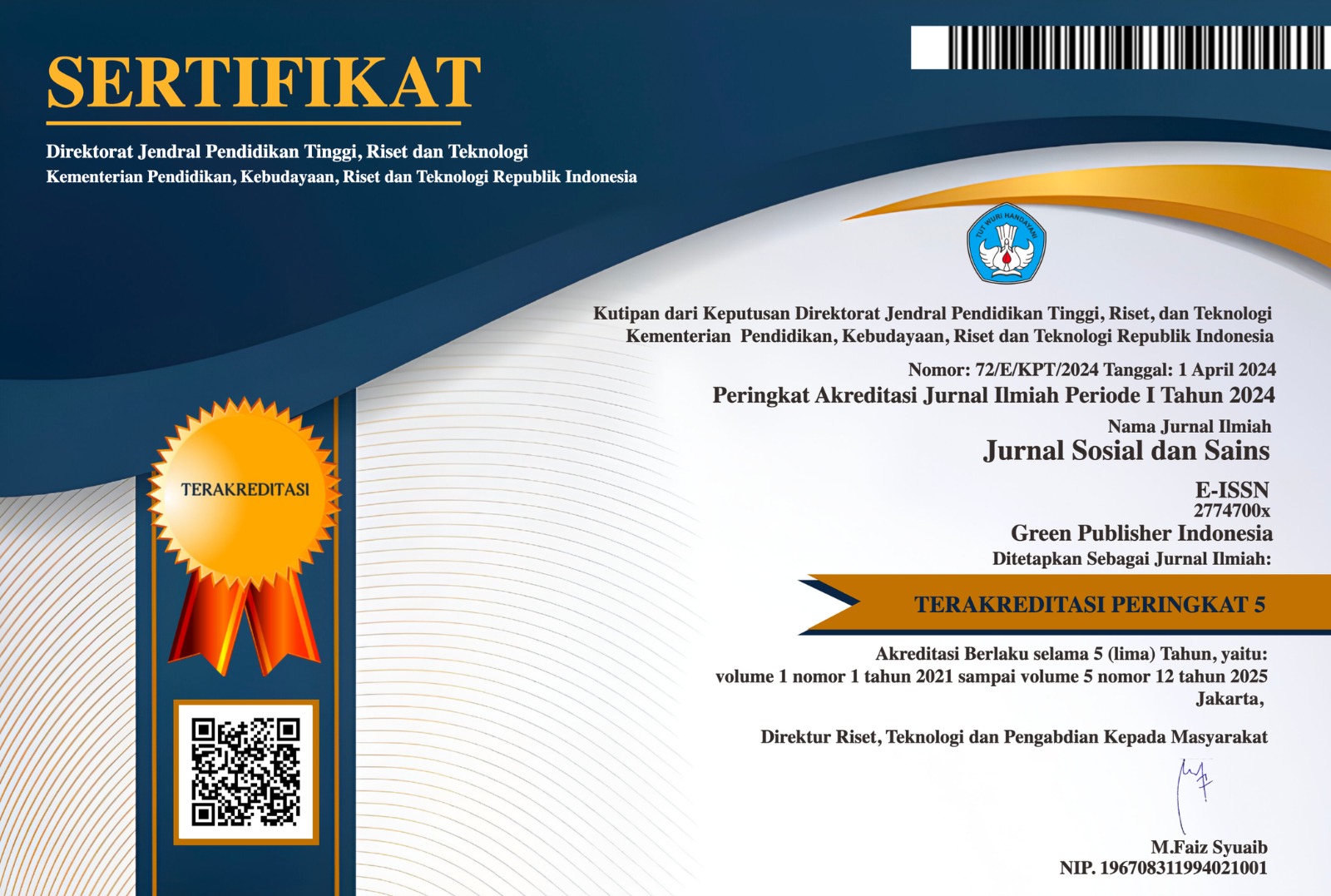Blended Finance For Impact: Financing The Nambo Waste Treatment Facility Through Innovative Infrastructure Finance Scheme
DOI:
https://doi.org/10.59188/jurnalsosains.v5i8.32436Keywords:
Blended finance, project finance, waste infrastructure, public-private partnership, concessional debt, risk mitigationAbstract
The Intermediate Treatment Facility (ITF) Nambo is a waste processing infrastructure project in West Java that has faced long delays due to financial and institutional challenges. Although the project was initially tendered using a public-private partnership (PPP) scheme, it failed to achieve financial close due to equity constraints, absence of certainty in revenue from output, and limited access to long-tenor loans. This study explores how blended finance can be used to improve the financial viability and bankability of the project. Using data from the 2015 Final Business Case and 2022 Feasibility Study, six financial scenarios were modeled to assess the impact of key variables including debt-equity ratio, RDF pricing, loan rate and tenor, and concessional finance instruments. The Development Finance Institution (DFI) Enhanced Principle is also used to assess the feasibility of the project in incorporating blended finance. Results show that under baseline assumptions the project is marginally viable, but becomes unfeasible under more conservative market conditions. Incorporating concessional debt and a credit guarantee into the capital structure significantly improves financial viability. The optimal scenario shows a lowered WACC of 6.14%, an IRR of 6.47%, and a positive NPV, even with conservative RDF price assumptions. The project also meets the minimum debt service coverage ratio (DSCR) required by lenders. This study recommends a blended finance strategy that leverages concessional funding and credit enhancement to reduce risk, lower financing costs, and transform the project to become bankable thus catalyze private investment. It provides practical insights for policymakers and developers to unlock financing for high-impact infrastructure projects in emerging sectors like waste management.
Downloads
Published
How to Cite
Issue
Section
License
Copyright (c) 2025 Surya Pagi Asa

This work is licensed under a Creative Commons Attribution-ShareAlike 4.0 International License.
Authors who publish with this journal agree to the following terms:
- Authors retain copyright and grant the journal right of first publication with the work simultaneously licensed under a Creative Commons Attribution-ShareAlike 4.0 International (CC-BY-SA). that allows others to share the work with an acknowledgement of the work's authorship and initial publication in this journal.
- Authors are able to enter into separate, additional contractual arrangements for the non-exclusive distribution of the journal's published version of the work (e.g., post it to an institutional repository or publish it in a book), with an acknowledgement of its initial publication in this journal.
- Authors are permitted and encouraged to post their work online (e.g., in institutional repositories or on their website) prior to and during the submission process, as it can lead to productive exchanges, as well as earlier and greater citation of published work.








